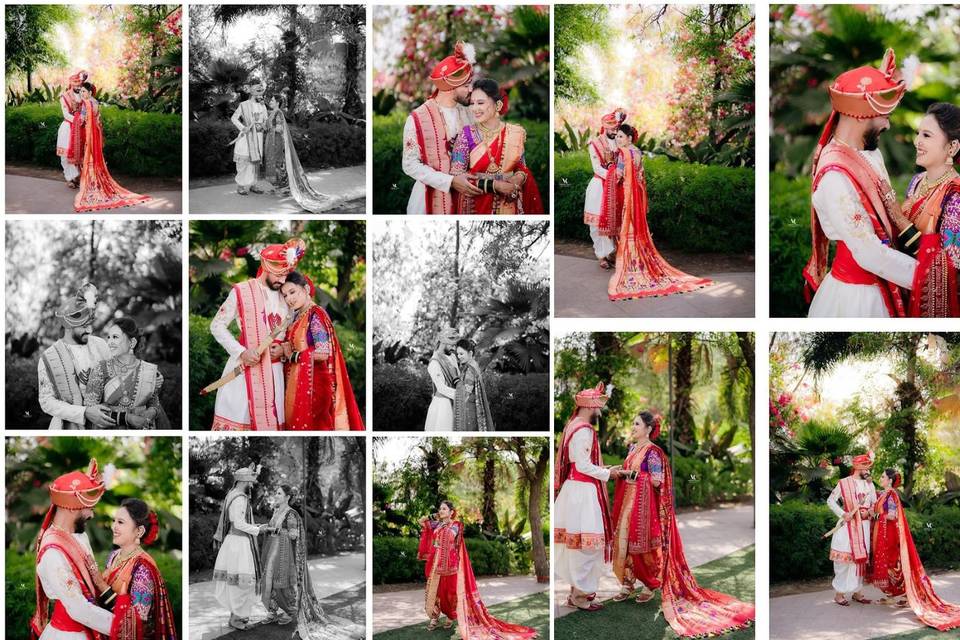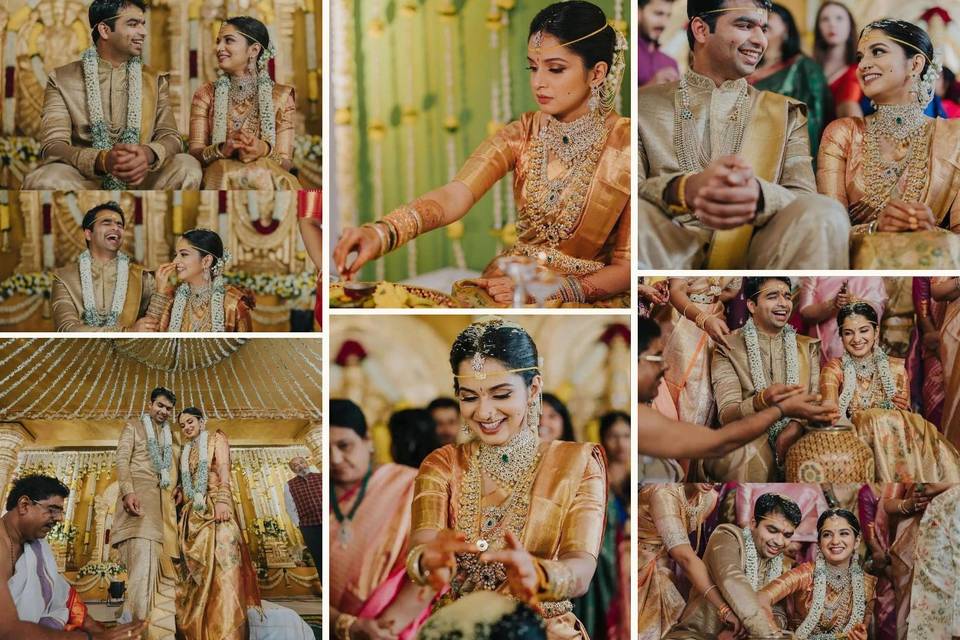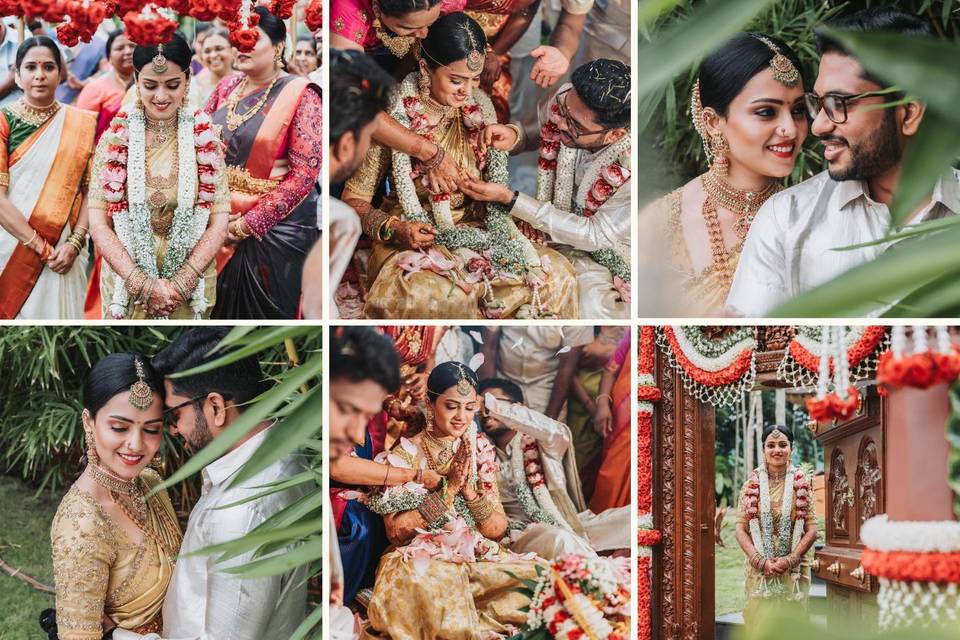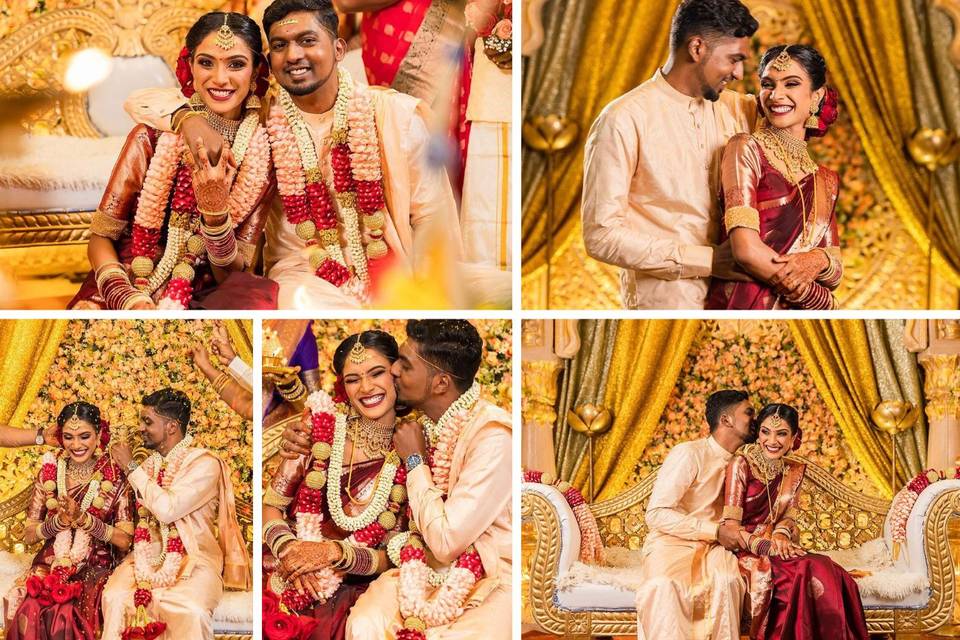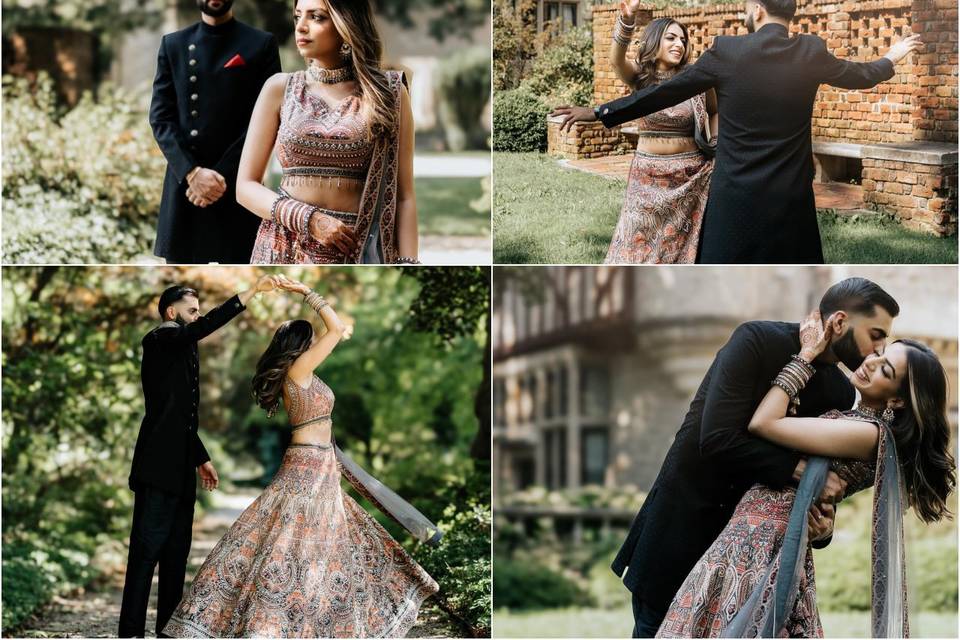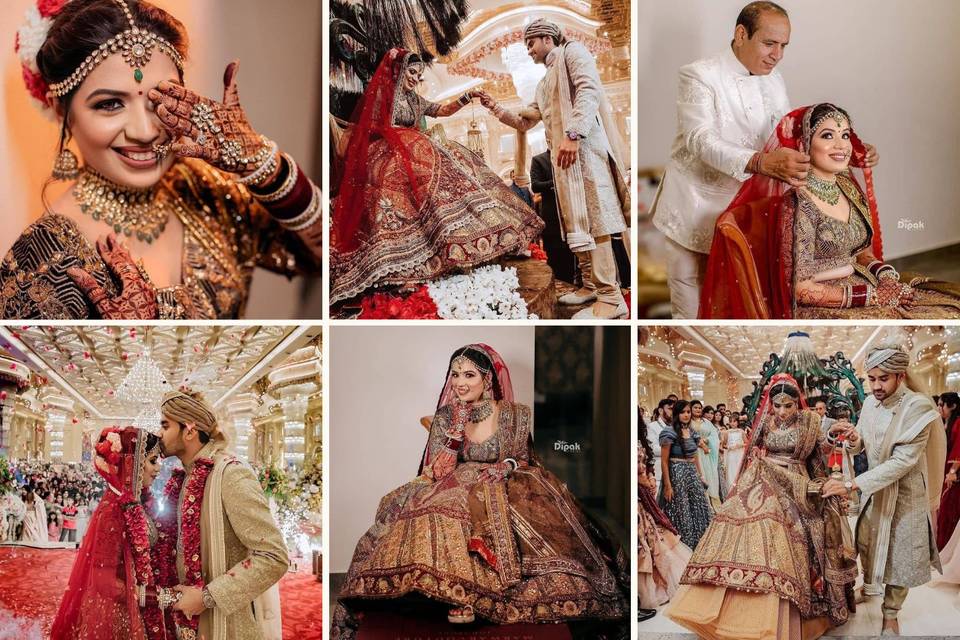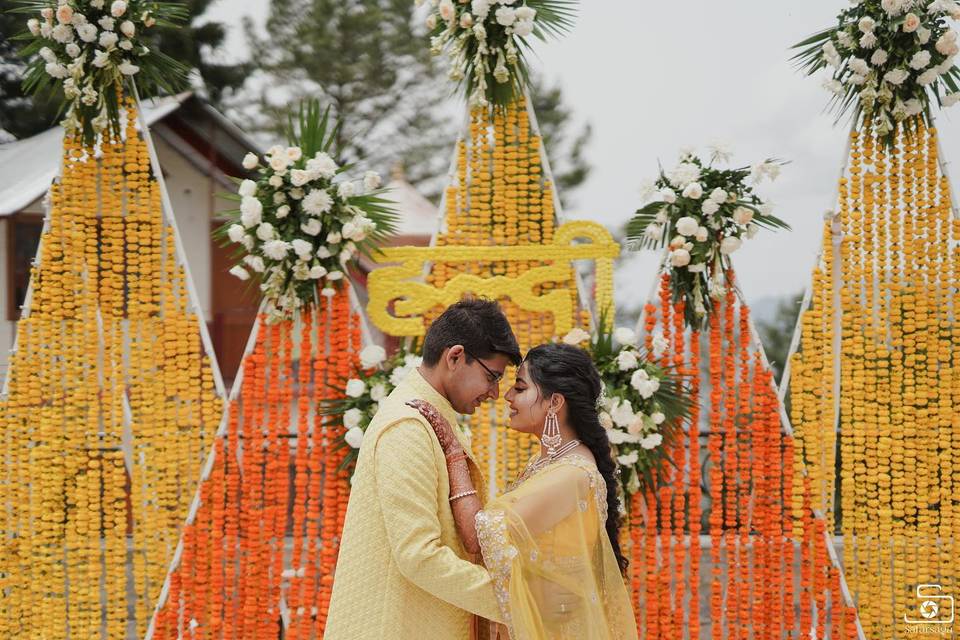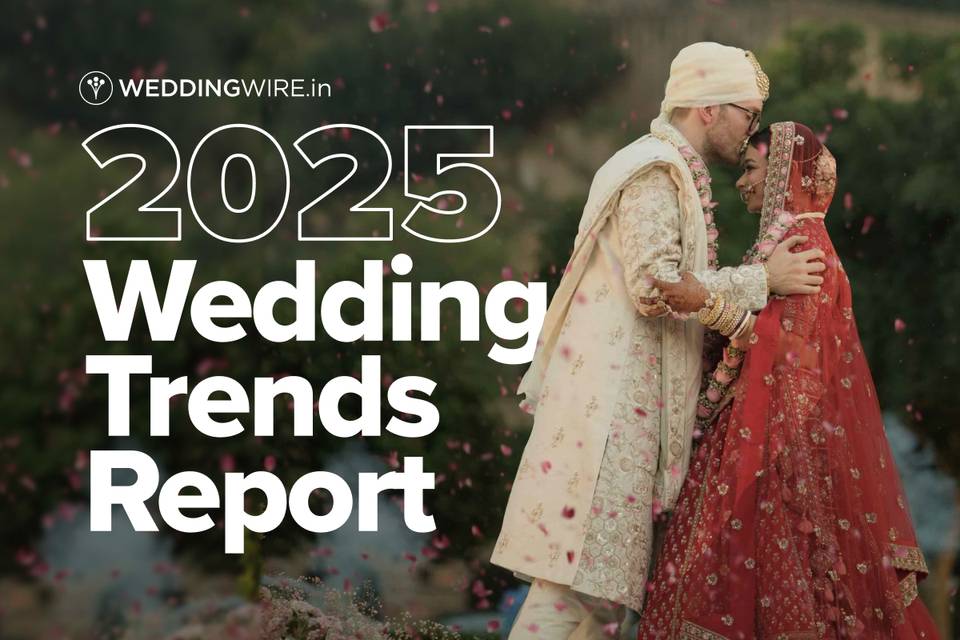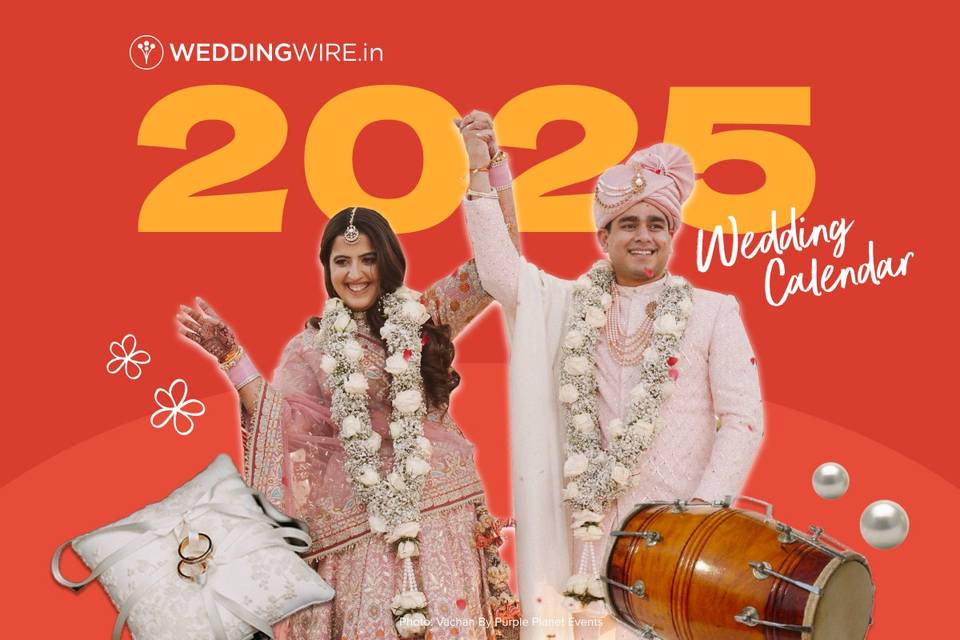Mangalashtak in Marriage: One of the Most Fun Ceremonies in a Marathi Wedding!
Every couple aims to enjoy a happily married life with all the blessings that they can get. According to many cultures, that is only possible with Mangalashtak in marriage. Read on to know what this means!
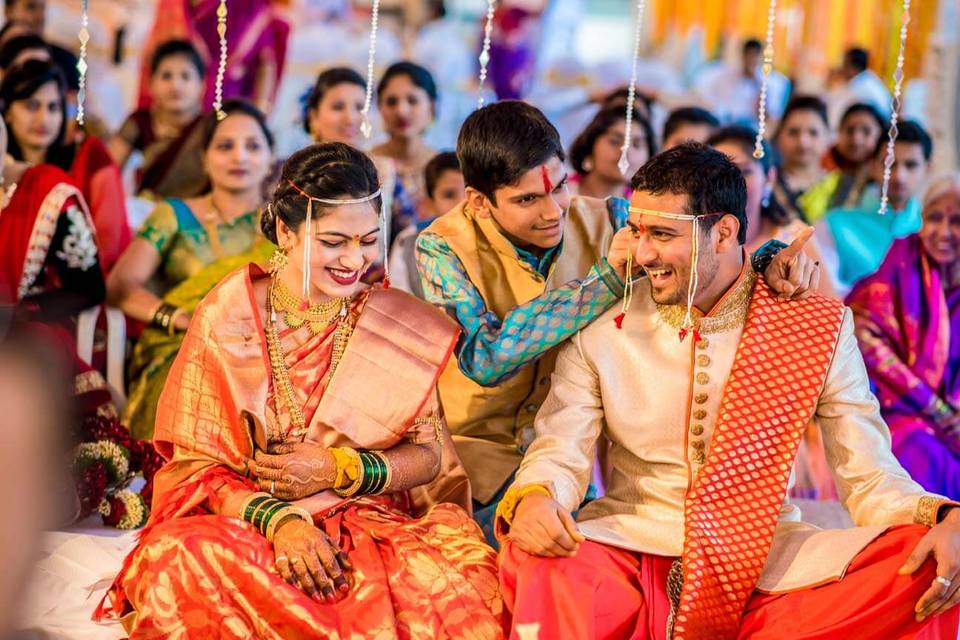

With your wedding on the horizon, you’re probably daydreaming about the many adventures that you and your spouse will have. Your dreams probably involve a lot of excitement, tons of love, and even children, somewhere down the line! Though no one dreams of a bad marriage, there are many that do go wrong despite our best efforts. This is why many cultures have their own versions of religious safeguards in place to help the couple avoid any evil eye or trouble in the marriage. One such safeguard is the Mangalashtak in marriage, a popular ritual that takes place in Marathi weddings.
Designed to ensure that the couple lives a long and happy life, this ceremony is one that the whole family takes part in, along with a few guests. In many families, this is considered to be the most important ritual in a Marathi wedding. Keep reading to know what it is!
1. What happens during this ceremony?

During the Mangalashtak in marriage, the couple and the priest chant mantras that spell out different blessings for the couple. Sometimes, these mantras are composed by the family (similar to wedding vows) and at other times, they are older, traditional mantras that have been used for ages.
Any Mangalashtak in marriage begins with a prayer to Lord Ganesh, called the Ashtavinayak Vandana. The groom stands facing the east at the beginning of this ritual. This is when the Antarpat, auspicious silk woven cloth with a swastika mark, is held in front of the groom to block his view. At this point, his dolled up bride arrives and stands opposite him, however, he cannot see her due to the cloth. The priest stands next to them, chanting mantras to ward off the evil eye.
While the Antarpat is still between them, the relatives of the bride and groom start singing the Mangalashtak in marriage along with the priest and bless the two love birds. At the right time, the between the bride and groom is finally removed and they see each other for the first time at the wedding. The Jai Mala ceremony then takes place and the bride and groom exchange heavy floral garlands as a sign of their acceptance of each other.
The wedding guest shower the wedding couple with rice as a sign of showering God’s blessings on them. The bride presents the groom with a bouquet and touches his feet to seek his blessings. As the music starts playing, the Mangalashtak in marriage ends.
2. Making the Mangalashtak even more fun!

Mangalashtak in marriage is all about fun and enjoyment. Sure, it takes place to bless the wedding couple, which is the most important thing, but this ceremony can become one that’s filled with fun too with the wedding couple being blessed in different and unique ways. You can always, prepare fun self-composed verses and make them humorous to add to the guests’.
Make sure you and your singing partners practice them well and learn your lines so you don’t forget on the night of the Mangalashtak in marriage. Also, use coloured rice and flowers, instead of plain rice to make the wedding a colourful one. During the Antarpat ceremony, try to elongate it, to see the heighten desperation of the bride and groom to see each other!
3. What happens after the Mangalashtak in marriage?
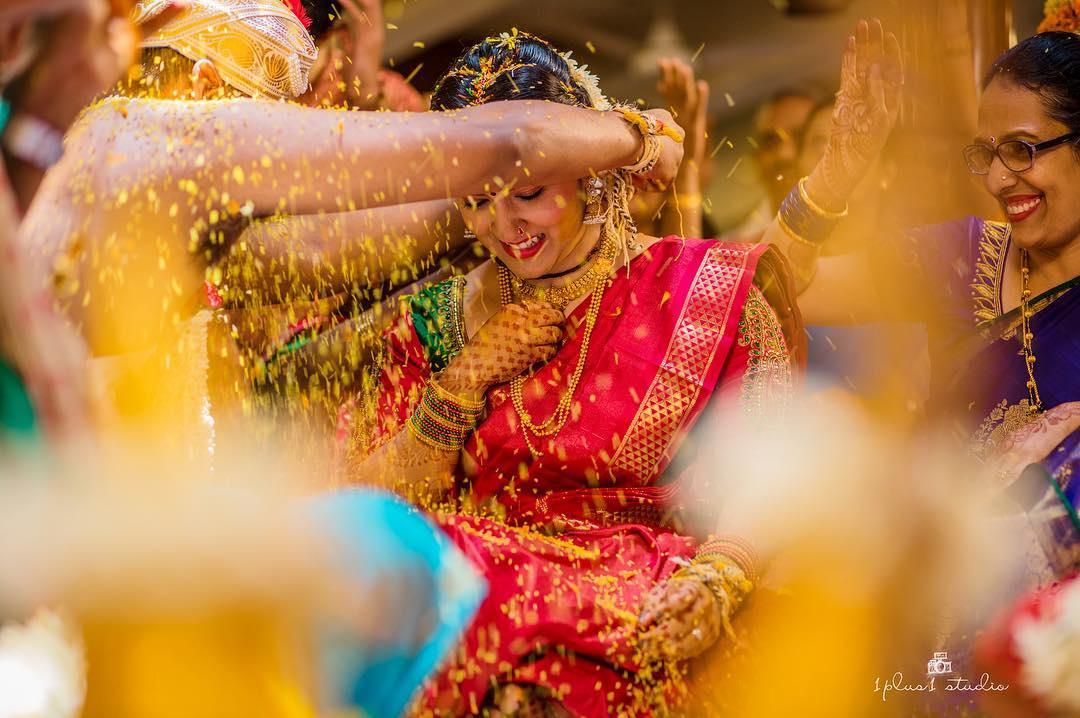
After the Mangalashtak in marriage, the Kanyadan ceremony takes place, during which the father of the bride gives away his daughter to the groom and blesses both of them. He asks them to start a life of Dharma, Artha and Kama. While the groom accepts his blessings he says that he is receiving love in exchange of love and that the bride is the Divine love that is showered from the sky and received on earth. Of course, this is a paraphrased version of the real Marathi line. The bride asks him to promise that he will always love and respect her. The groom ties the Mangalsutra around the bride’s neck and applies Sindoor on her Maang.
The marriage finally takes place when they take the Saptapadi or the 7 rounds around the holy fire. These rounds are 7 vows of Hindu marriage that teach them to be kind and loving towards each other.
As you can see, the Mangalashtak in marriage has been an ancient ritual that has been going on in Marathi weddings for a long time and will certainly continue in the future too. It takes place to bless the bride and groom. During this ceremony, guests express their wishes for the couple to have long lives and happiness and this ceremony always has a bit of humour and fun associated with it. Unlike other wedding types, a Marathi wedding ends in a few hours and is not at all a prolonged affair. Most wedding rituals in this marriage are fun and humorous, for both, the bride and groom.
In order to make sure that your wedding rituals are planned perfectly, get in touch with our Pandit Ji's today!


